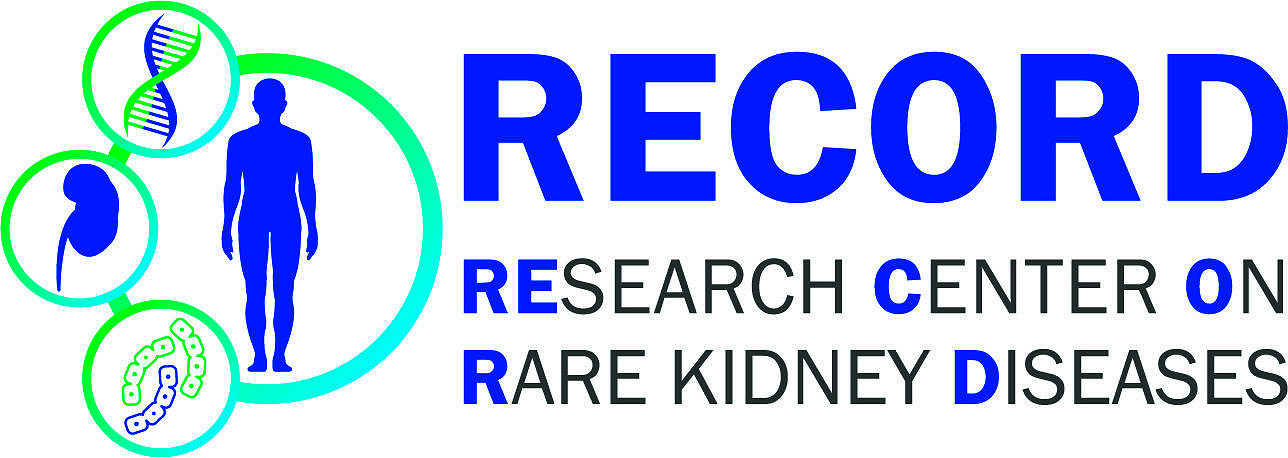 CaRE for LUTO
CaRE for LUTO
Wissenschaftliches Arbeitsprogramm (Abstract)
Congenital urethral obstruction (LUTO; Lower urinary tract obstruction, OMIM # 618612) is caused by functional or anatomical obstruction of the outflow tract from the bladder. Functional obstructions include neuromuscular voiding disorders. The most common anatomical cause is posterior urethral valves (PUV), less common are urethral atresia or stenosis. Approximately 3 in 10,000 pregnancies are affected. LUTO is a common cause of chronic kidney failure and dialysis in children.
While several disease genes have already been described for functional micturition disorders, only BNC2 (MIM 608669) has been described as the disease gene for anatomical blockages.
The aim of this study is the systematic application of the latest high-throughput genotyping techniques in as many patients as possible to identify causative genetic factors for monogenic and multifactorial complex-genetically inherited LUTOs. This includes exome sequencing, analysis of copy number changes (CNVs) and genome-wide association studies (GWAS). Currently, a cohort of 400 LUTO patients is available for these studies. In addition to genetic analyses, we conduct an epidemiological study to identify causative environmental factors.
The identification of genetic and non-genetic risk factors and the description of the causal cellular pathomechanisms of LUTOs contribute to a better understanding of this malformation and its impact on the kidneys and the entire urinary tract. This may be the basis for better counseling of affected families and for the further development of already existing pre- and postnatal therapeutic approaches.
